Harvesting removes your produce (fruits, vegetables, and root crops) from the plant when they mature and are ready for immediate consumption or storage. There are many different ways to harvest fruits and vegetables. For all fresh produce, variety selection, weather conditions, and growing methods will greatly affect quality. Successful marketing of fresh fruits and vegetables at harvest depends on maintaining crop quality.
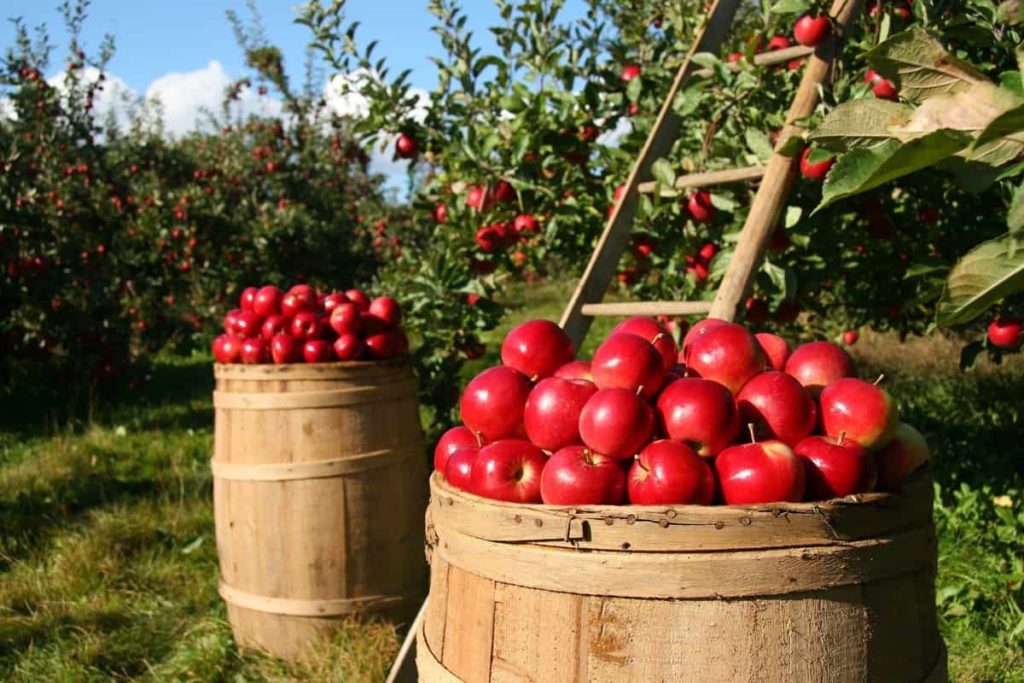
A Guide to Understand Harvesting and Yield in Agriculture/Farming/Gardening
What is the harvesting of crops?
Harvesting is collecting the useful part or parts of the plant when all the nutrients have been developed, and the edible parts have reached a suitable level of maturity. Generally, the crop is harvested 10 or 15 days after the grain reaches physical maturity. Harvesting is to be done after the crops have matured. After the crops are sown, it takes a few weeks for the crops to mature enough to be harvested for grain or grain. A sickle is a traditional hand tool used for harvesting. It is used for cutting crops by hand.
What is post-harvesting management?
It is a system of handling, storing, and transporting agricultural commodities after harvest. Post-harvest activities may include drying and fermentation of some commodities, such as coffee and cocoa. Post-harvest management includes the processes performed immediately after harvest, including cooling, cleaning, sorting, and packing.
As soon as a crop is removed from the ground or separated from its parent plant, it begins to deteriorate. Hence, post-harvest treatment increases its shelf life and maintains quality. Thus, post-harvest management largely determines the final quality.
What tools are used in harvesting crops?
The most common harvesting tools are small, big, darat, gandasa, and a small axe. Hand sickle cuts crops like Wheat, Maize, Barley, Pulses, Grass, etc. A harvesting knife is a slightly curved vegetable pruning and trimming knife, commonly called a beet knife, and is used for trimming brassicas or root vegetables and trimming in the field, but when clearing brush. Or used as a kind of curved hacking knife, it is also quite effective.
Cutting tools/digging tools – These are garden tools used for cutting, digging, and digging the soil surface. Examples are machetes or cutlass, hoe, axe, pick axe, mattock, scissors, secateur, etc.
A sickle, bagging hook, or reaping hook: It is a hand-held agricultural tool with various curved edges and is used especially for harvesting, reaping, grain crops, or cutting succulent fodder, especially for livestock feed. It can be harvested fresh or dried as hay.
In case you missed it: Top 19 Steps/Ways/Methods to Boost Lettuce Yield: How to Increase Production, and Quality
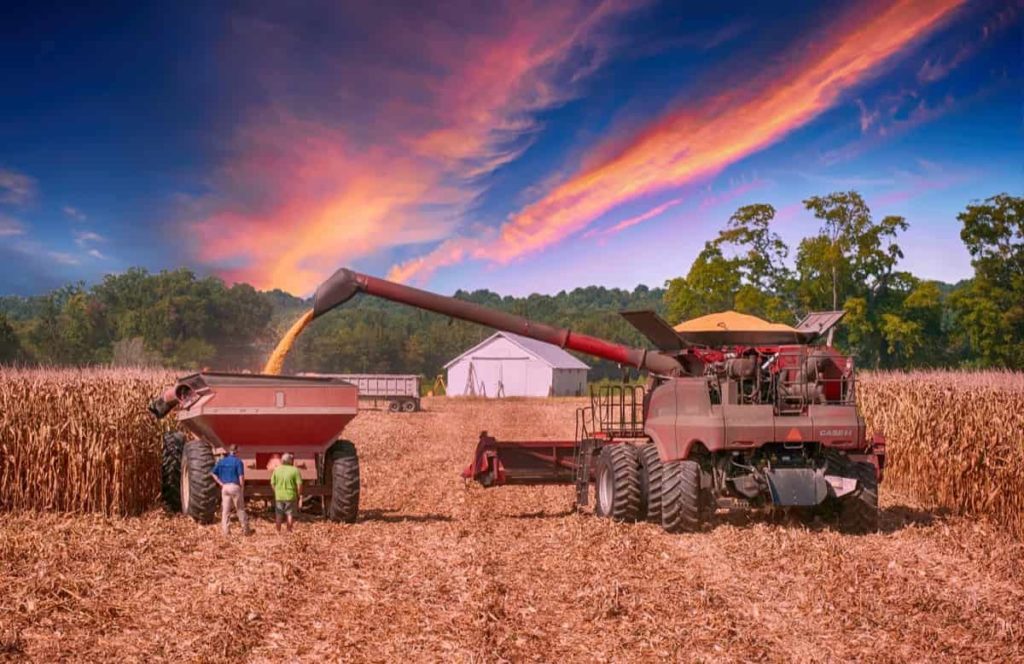
What is crop yield biology?
- The amount of a plant crop (such as grain, cereal, or legume) harvested per unit area for a given period. In supplemental agriculture, crop yield measures the amount of grain or dry matter in a given area.
- Crop yield is the yield per unit of harvested area for crop products. In most cases, the yield figures are not recorded but obtained by dividing the yield by the cultivated area figure.
- It is expressed in bushels per acre or kilograms per hectare. Such an indicator as average crop yield per acre assesses a farmer’s agricultural production in a given field during a given period.
Which is the best method that provides high yield?
Crop rotation is used to increase soil fertility. It is a planned sequence of growing different crops on the same field. Rotation is the opposite of continuous cropping, which is growing the same crop year in the same field. Ideally, these crops are not from the same family. Crops should be rotated in at least three to four years. They should be rotated every year.
Therefore, the corn crop planted this year will not be planted in the same field for the next two or three years. Ideally, a whole different crop should be used each year because pests and diseases affecting one crop are likely to affect similar crops, i.e., Cabbage and Broccoli are from the same family and should be considered the same. One should not follow the other. Crops are changed from year to year in a planned sequence.
How can farming improve productivity?
- Implementation of land reforms – Land reform is the first and most important point for improving production. Machines, tractors, and implements improve the land. These machines have features that make uneven farming areas smooth to work efficiently in the field. Working in the field is easy, which means productivity improvements are easy. Land reform is the best method to increase production.
- Interplant – Interplanting is the process of growing different crops together simultaneously. It is a great way to maximize the productivity of your growing space. Some crops go best together; some don’t.
- Plant more densely – This is the easiest way to improve the productivity of farms because the plants are grown close together. Many growers space their vegetables too far apart, leaving large areas that grow well.
- Plant many crops – Another way to improve productivity is to plant multiple crops.
- Smart water management – Water is an essential requirement for growing crops, and by managing water, you can increase production. It is the best way to improve crop productivity. A sprinkler irrigation system can increase crop yield by up to 50%. Tube wells from manufacturing canals get better irrigation systems to protect crops.
In case you missed it: Top 17 Steps/Ways to Boost Pumpkin Yield: How to Increase Production, Size, and Quality
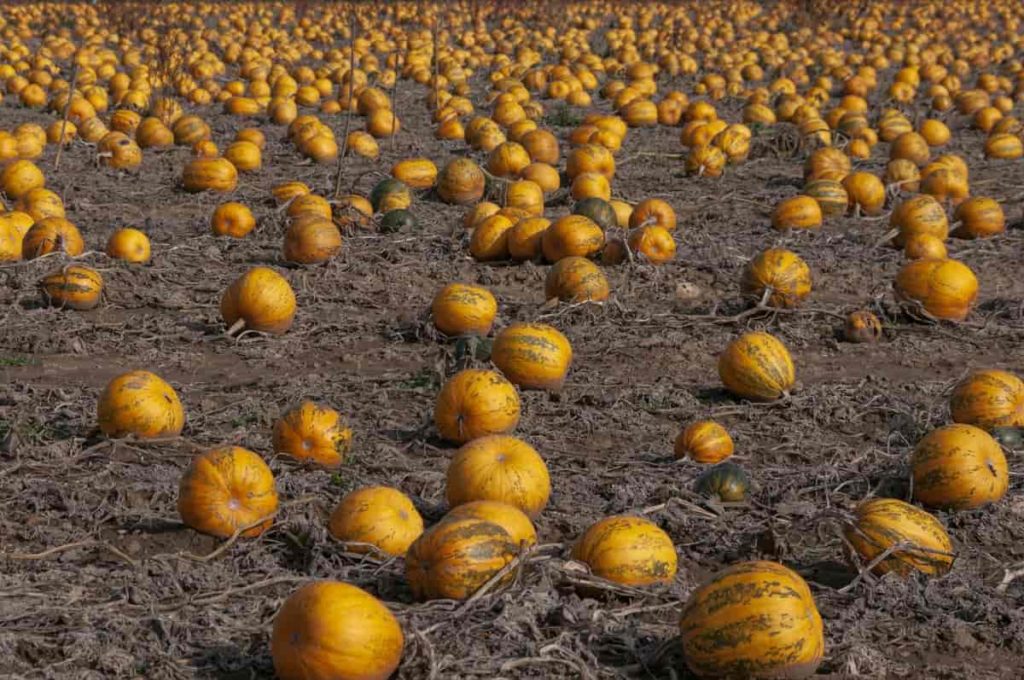
What are the different harvesting systems?
Manual harvesting is slow and usually done using simple hand tools like sickles, knives, etc. Therefore, using mechanized machines in harvesting operations increases productivity in terms of harvesting per unit time and quality of the final product. Harvesting machines are designed to work on different scales (small, medium, and large scale machines are available for harvesting operations), including combine harvesters.
The use of more efficient harvesters helps reduce post-harvest losses. The availability of rental services for harvesting and appropriate equipment can make a difference to smallholders who depend on the timely delivery of products. Reapers and harvesters are suited to different crops and sizes.
- Manual harvesting and mechanical threshing – Manual harvesting by hand; uses a portable thresher or a small stationary machine.
- Machine threshing after reaping – Uses a reaper, threshing with a thresher, and cleaning manually or by machine.
Different harvesting systems used by farmers around the world
- Manual systems; include the use of traditional tools (hand cutting, hand threshing, trampling animals)
- Manual harvesting with mechanical threshing; combining manual and mechanical power
- Machine harvesting with machine threshing; possible use of manual power
- Combine harvesting; the combine does all the harvesting; no manual power is required. It is the most efficient tool, resulting in the least damage, but it is expensive and requires large field areas.
Generally, some different harvesting methods are used when harvesting fruits and vegetables:
- Hand harvesting – Hand harvesting is a method of harvesting grains, fruits, vegetables, leaves, etc., by hand or manually.
- Harvesting with hand tools – Farmers use few tools to harvest crops. A small sickle, a large sickle, a darat, a gandasa, and a small axe are some examples of hand tools for harvesting.
- Harvesting with machinery – Machine harvesting is the act or process of harvesting large quantities of grain using modern harvesters. A modern harvester can combine with other large machinery to cut and clean grain simultaneously.
What are high-yielding crops?
Crops that have been fertilized and can be produced through genetic modification to increase the production rate are called high-yielding crops. With the growing population, it has become necessary to produce high-yielding crops. Crops are plants grown over a large area to feed a growing population. To improve crop production, there must be a proper understanding of the factors that affect crop growth. Crops are grown according to the seasons.
What are the major activities for crop yield improvement?
- Plant more trees
- Reduce excess irrigation, which can cause fertility and soil loss
- iUse organic fertilizers and manures that protect crop health but protect them from infection
When to harvest?
- It is important to know harvesting time because proper harvest timing is crucial to preventing crop losses. Losses can also be caused by farm animals, plant diseases, insects, or certain weather conditions. Timely harvesting ensures good crop quality. Harvesting crops too early or too late will result in a large percentage of defective or unripe/premature fruits resulting in low yield.
- Harvesting best in the cooler part of the day. Produce is the coolest at sunrise, and cooling reduces spoilage and dehydration. It is easier to keep a product cold than to cool a product that has been heated. Use clean harvesting containers, cutting tools, and gloves. Keep harvested produce out of direct sunlight (use an empty container, shade cloth, or other protection) to prevent direct sun damage and unnecessary heating of the produce.
- Growers can use different methods to determine the right time to harvest: grain moisture, sugar and nutrient content of the fruit, visual characteristics of ripe fruit (color, aroma, and size), and days of the growing season. It is a well-known saying that the quality of the fruit lies on the farm, where the application of modern agricultural practices certainly plays an important role. Provided all measures are optimally implemented, the timing and method of harvesting significantly impact product quality and durability.
- Modern crop production organization can be imagined without keeping regular records of all agricultural technical steps, from planting to harvesting and storing finished products, which you can easily do with the farm management system. There you can keep complete records of your employees, inventory, finance, and best practice processes to know how and when to perform a particular activity, such as when to start harvesting. The goal of a good harvest is to maximize your yield, so be sure to harvest at the right time.
- Harvest time varies with each crop—harvest production at the consumption stage. Estimated harvest time is based on the time of planting or transplanting.
How do farmers increase their crop yields?
- Select quality seeds
- Field Productivity Zoning
- Accurate weather forecast
- Regular scouting
- Crop protection methods
- Soil testing and its quality
Plant at the best times – One of the most important ways to increase your crop yield is to plant at the right time. Soil temperature will dictate when you can seed your fields, so soil testing is part of determining if the temperature is ideal. Your crops will have more opportunities to block the sun and have a longer growing season. When planting, you want to ensure that a proper seed bed and planting material are prepared to plant the seed with good seed-to-soil contact and at the correct depth.
Practice crop rotation: Practicing crop rotation is key for farmers as part of a strategy to increase crop yields. Planting alternate crops help diversify the demands on your soil—crop rotation results in crops that yield more and produce more consistently.
In case you missed it: Fruit Farming/Gardening Ideas: Tips, Techniques, and Secrets for Beginners
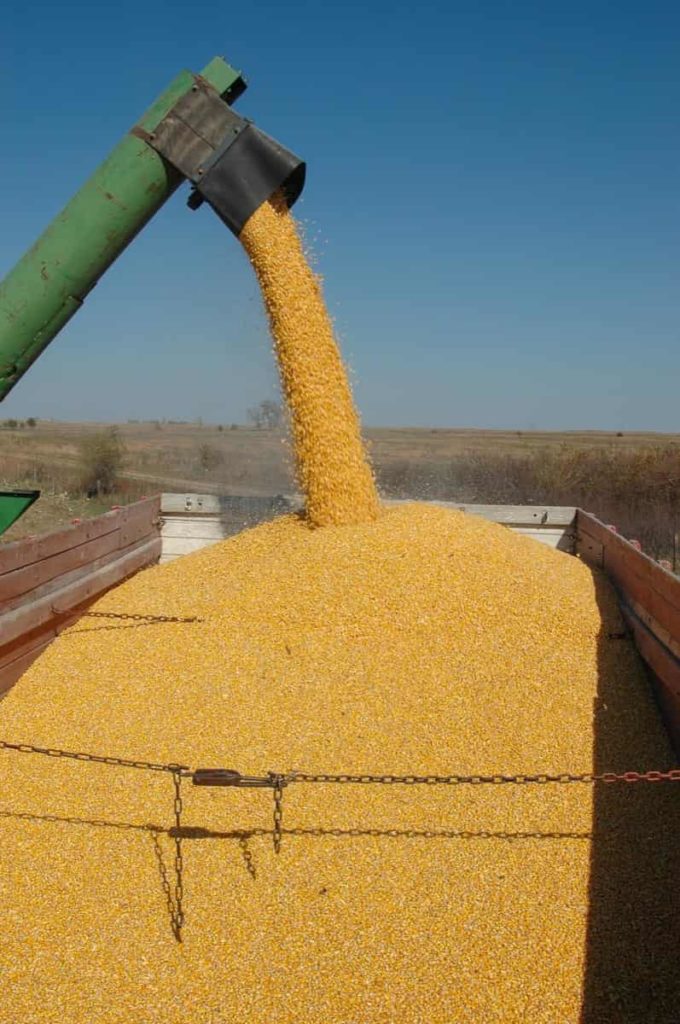
Know the yield potential: By knowing your farm’s yield potential, develop reasonable expectations for your crop’s yield. It is important to your budget that you clearly understand what crops you are planting and what seeds you are using.
Test your soil: You need to test it to ensure it has adequate fertility to produce satisfactory crop yields. Through testing, you can determine how much nutrients your crops are depleting for your target yield.
What causes crop yield?
The main factors that affect crop yield are soil fertility, water availability, climate, and diseases or pests. These factors can pose a significant threat to farms when not properly monitored and managed. Yield is influenced by climate and temperature, vegetation and water management, and soil nutrient management. Good genetics and a plant’s ability to manipulate and optimize its environment usually yield the highest yields. Climatic and temperature factors are important for obtaining high yields.
Why is yield important to farmers?
It is considered the most important measure of any farmer’s performance, as it results from all the efforts that farmers have put into growing the plants in their fields.
Quality of seeds – Agricultural production depends on farmers sowing seeds in their fields. Therefore, to increase crop yield in their fields, farmers are recommended to sow only certified seeds that have passed all necessary quality controls. Proper seed quality is one of the main factors affecting crop yield.
Field Productivity Zoning – Before sowing, the farmer needs to understand the productivity of the field to be sown and, if applicable, define the specific zones where the plants will grow best. This process is called production zoning. In this way, a farmer can plant seeds more densely in areas of high productivity, potentially increasing crop yields, and not waste as much of them in areas of low productivity.
In addition, such zoning allows farmers to properly treat low-yielding field areas and take all necessary steps to increase the fertility and its overall vital characteristics for growing a particular plant.
Crop growth monitoring – From the early stages of growth through growth to harvest, monitoring plant health is critical to detect any problems that can arise on given farmland and affect crop yield.
Proper irrigation – Farmers who aim to increase an average crop yield per acre on their fields must have a streamlined irrigation system. Providing adequate water to plants affects plant growth and crop yield.
Smart application of fertilizers – Although fertilizers are intended to nourish different types of soil and increase plant growth and productivity, they should be used in a balanced and smart manner. Using too many fertilizers can adversely affect soil quality and agricultural production. Different areas have different requirements for soil fertilization within a field, so the best solution is to selectively apply fertilizers based on their needs in different field zones. This correct method of applying manure in the field helps to keep the soil in good health, which helps to increase the average crop yield per acre.
What are the steps of the harvesting process?
Harvesting using modern technology reduces grain wastage and increases quality and quantity. Steps in the harvesting process are;
- Reaping: Cutting the mature panicles and straw growing above the ground is called reaping.
- Threshing: The process of separating the food grains like paddy, wheat, etc. from the rest of the harvested crop is called threshing.
- Cleaning: It is an important part of the harvesting process, mainly involving removing dust and immature and non-grain particles from food grains.
- Hauling: Hauling is the final process or stage of harvesting. In this stage, the food grains are transported to the cultivation site.
- Field drying: It is an optional step. The method of field drying is to leave the harvested crops in the field and leave them in the sun to dry. Drying helps loosen the grains from the raw hay.
- Stacking/Pilling: Stacking is storing harvested crops in stacks or piles.
- Bagging: Bagging is the final step in the harvesting process. The threshed grain is left in gunny bags for transportation and storage purposes.
In case you missed it: Top 20 Steps to Boost Rice Yield: How to Increase Paddy Production and Quality
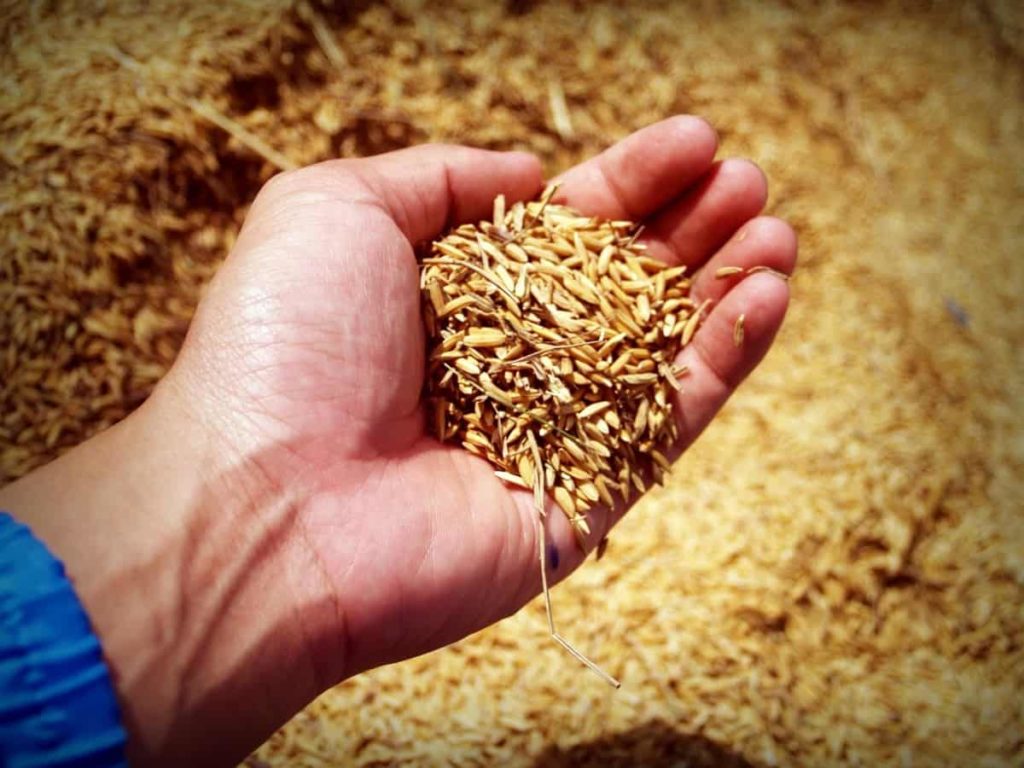
How do farmers harvest the crop?
- Recently, harvesters have been used to harvest crops, especially in large-scale farming.
- After harvesting, the threshing of the crop has to be done. Threshing is a process in which the collected grain is separated from the chaff by beating or using a threshing machine.
- Good harvesting aims to maximize crop yield and minimize crop losses and quality deterioration. Harvesting can be done manually by using hands or knives, and it can be done mechanically using reapers, combined harvesters, or other machines.
- Harvest time is the most important phase of the agricultural calendar as it marks a time when crops are protected from natural disasters and ready to be gathered.
What are the tips for harvesting crops?
- Harvest in the morning – Your best bet for high-quality products is to harvest in the morning. The primary goal of the market gardener should be to limit the heat input of the vegetable or fruit field. Harvesting in the morning can avoid damage after the sun rises and warms the crops. Picking early in the morning also helps with faster cooling in storage.
- Store your produce carefully – It is best to keep crops separate in different bins to avoid unwanted odor transfer and prevent damage between crops. Heavy items, such as Potatoes, Apples, and Squash, should be packed tightly and separately to prevent injury to other crops within the group and on the way. You can imagine the destruction a crate full of apples would have if stocked with delicate leafy greens. Similarly, a loosely packed crate of apples can cause injury and damage to the fruit itself.
- Pick gently – Hold the vegetable gently but firmly when harvesting. Ripe produce can scratch easily, which can lead to premature spoilage.
- Snap cleanly – The stems of some vegetables have a natural breaking point, while others may split or tear when the fruit is removed. Use scissors or a knife to make a clean cut. Damage to the plant can reduce future yields.
How is the quality of harvest determined?
- Skin color
- Shape
- Size
- Aroma
- Fruit opening
- Leaf change
What are the main causes of harvest loss?
During retailing, poor handling, mechanical damage, improper management of temperature and relative humidity, and hygiene problems during handling are some of the major causes of post-harvest losses.
Crop protection practices – Farmers aiming to increase crop production must care for their plants during their development and through the end of the growing season. Depending on the problem, farmers use different substances to reduce the impact of weeds, pests, or diseases on crop production. Such substances are herbicides, pesticides, desiccants, plant growth regulators, fungicides, and adjuvants.
Weed and pest management – Weed control and pest management are the biggest challenges for farmers during the growing season. For example, a single weed can produce more than 10 million weed seeds, and if not managed in time, this can significantly reduce the yield of a given field for years to come. Since insects are highly adaptable and rapidly reproducing organisms that can threaten production on particular farmland, farmers must always be prepared to respond to a pest infestation problem on time.
In case you missed it:Top Varieties of Rice in India: Hybrid, Types, and Production States
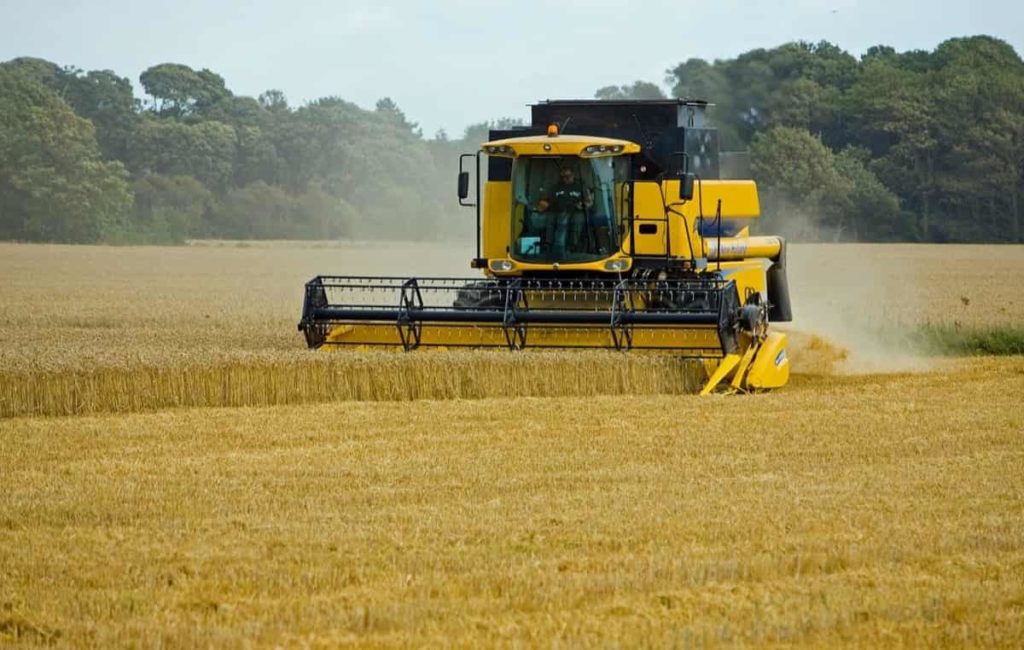
How can you prevent damage to harvested crops?
- Assess maturity
- Check your water quality
- Check your water temperature
- Avoid injury
- Keep your produce cool
- Proper storage.
Conclusion
Harvesting crops at the mature stage yields high income and good quality produce. The method of harvesting depends on the crop, how it is grown, and the resources available. Crop yield measures seeds or grains produced by a given plot of land. The above factors mainly affect crop harvesting and yield.
- Types of Pesticides Used in Agriculture: A Beginner’s Guide
- Economical Aquaculture: A Guide to Low-Budget Fish Farming
- 15 Common Planting Errors That Can Doom Your Fruit Trees
- How to Make Houseplants Bushy: Effective Tips and Ideas
- Innovative Strategies for Boosting Coconut Pollination and Yield
- Pollination Strategies for Maximum Pumpkin Yield
- The Complete Guide to Chicken Fattening: Strategies for Maximum Growth
- Natural Solutions for Tulip Problems: 100% Effective Remedies for Leaf and Bulb-Related Issues
- Revolutionizing Citrus Preservation: Towards a Healthier, Greener Future
- Natural Solutions for Peony Leaf and Flower Problems: 100% Effective Remedies
- Maximizing Profits with Avocado Contract Farming in India: A Comprehensive Guide
- Natural Solutions for Hydrangea Problems: 100% Effective Remedies for Leaf and Flowers
- The Ultimate Guide to Choosing the Perfect Foliage Friend: Bringing Life Indoors
- From Sunlight to Sustainability: 15 Ways to Use Solar Technology in Agriculture
- The Ultimate Guide to Dong Tao Chicken: Exploring from History to Raising
- The Eco-Friendly Makeover: How to Convert Your Unused Swimming Pool into a Fish Pond
- Mastering the Art of Delaware Chicken Farming: Essentials for Healthy Backyard Flocks
- 20 Best Homemade Fertilizers for Money Plant: DIY Recipes and Application Methods
- How to Craft a Comprehensive Free-Range Chicken Farming Business Plan
- Brighten Your Flock: Raising Easter Egger Chickens for Beauty and Bounty
- How to Optimize Your Poultry Egg Farm Business Plan with These Strategies
- Subsidy for Spirulina Cultivation: How Indian Government Schemes Encouraging Spirulina Farmers
- Ultimate Guide to Raising Dominique Chickens: Breeding, Feeding, Egg-Production, and Care
- Mastering the Art of Raising Jersey Giant Chickens: Care, Feeding, and More
- Ultimate Guide to Raising Legbar Chickens: Breeding, Farming Practices, Diet, Egg-Production
- How to Raise Welsummer Chickens: A Comprehensive Guide for Beginners
- How to Protect Indoor Plants in Winter: A Comprehensive Guide
- Ultimate Guide to Grow Bag Gardening: Tips, Tricks, and Planting Ideas for Urban Gardeners
- Guide to Lotus Cultivation: How to Propagate, Plant, Grow, Care, Cost, and Profit
- Agriculture Drone Subsidy Scheme: Government Kisan Subsidy, License, and How to Apply Online
- Ultimate Guide to Raising Araucana Chickens: Breed Profile, Farming Economics, Diet, and Care
- Bringing Hydroponics to Classroom: Importance, Benefits of Learning for School Students
- Ultimate Guide to Raising Polish Chickens: Breed Profile, Farming Economics, Diet, and Care
- Ultimate Guide to Raising Australorp Chickens: Profile, Farming Economics, Egg Production, Diet, and Care
- Silkie Chicken Farming: Raising Practices, Varieties, Egg Production, Diet, and Care
- Sussex Chicken Farming: Raising Practices, Varieties, Egg Production, Diet and Care
My state is Telangana, District Jangoan.
How to gardening a Mango tree Miyazaki is a type of ” Irwin ” .
PLEASE send DETAILED information this type varieties Mango suit of INDIA weather.